5 Tips to Help You Quickly and Accurately Determine Whether a Chicken Is Healthy
Many poultry farmers will give chicken medicines only when it is sick. However, in many cases, the disease may have already reached the final stage by this time, and the treatment will not be particularly useful. Disease prevention will greatly reduce your expenses and increase the survival rate of your chickens. So it is important to learn how to determine whether a chicken is healthy.
1. Check the chicken’s condition in the morning when you just turn on the light
Get up early and turn on the lights. When healthy chickens see the breeder, they will “quack” to show their eagerness to eat. If the chickens in the cage appear lazy and do not move after turning on the lights, close their eyes and doze, curl their heads under the wings, stand in a daze, or have drooping wings and puffy feathers, your chickens are sick.
2. Check the chicken droppings
Observe the feces of chickens in the morning. The feces discharged by healthy chickens are strips or clusters, and there is a small amount of urate, which forms a white tip at the end of the feces. If the chicken is ill, it will have diarrhea and the feathers around the anus will become wet, and the buttocks will be dirty. The color of the feces of a sick chicken may be green, yellow, or white.
3. Observe the chicken eating
Healthy chickens are lively and active when feeding and have a strong appetite. The entire chicken house will be noisy. However, when a chicken is sick, its spirit is dampened, its appetite is reduced, and the feed in the trough will be left every time.
4. Observe egg production
Observe and monitor the laying time and laying rate of laying hens every day. At the same time, it is also necessary to check the breakage rate of egg production and changes in eggshell quality. If the eggshell quality is good, there will be less sand eggs, less soft eggs, and the egg breaking rate will be lower. The normal egg breaking rate should not be more than ten over one thousand throughout the day. If it is higher, it means that the chicken has started to get sick, and it should be carefully examined to find the cause and take appropriate measures.
5. Listen to the hen-house at night
After turning off the lights at night, use the silence to listen to the sounds in the chicken coop. Healthy chickens will rest inhalf an hour after turning off the lights, quiet and silent. If you hear cooing, grunting, coughing, wheezing, or screaming, you should consider possible infectious and bacterial diseases.
Five tips to detect chicken diseases early and avoid unnecessary economic losses:
- Prevent chickens from falling ill
- Work on early detection
- Work on early prevention
- Provide early treatment
- Reduce the occurrence of diseases, so as not to cause unnecessary economic losses.
3 Methods to Prevent Chicken Disease
Chicken diseases are a major threat to the modern chicken industry.
If the chickens are small, have poor resistance, and are intensively reared, they are often susceptible to disease. It is not easy to detect every disease in the early stage of the onset. Once the outbreak spreads to the whole group, it is difficult to put out. For some infectious diseases, there are no effective drugs or vaccines. Even if the sick chicken is cured, not only the cost is huge, but the production is reduced and the cost is increased. Therefore, the most effective way to prevent diseases is to ensure environmental hygiene, strengthen feeding management, pay attention to epidemic prevention and disinfection, and do preventive injections.
Any changes in animal health can be called diseases. They can be caused by pathogenic microorganisms, nutritional deficiencies, or unsuitable environments. Therefore, on the whole, prevention work should involve proper feed management as well as the elimination of pathogenic factors.
Proper feed management will help improve the quality of the entire flock, maintain good health, and enhance the chickens’ resistance to disease. Here are the three most important steps in feed management.
1. Sufficient nutrition
Feed a full-price mixed feed to meet the chicken’s needs for various nutrients according to chicken age, breed, type, weight, and use.
2. Careful feeding
To prevent mouth diseases, don’t use moldy, rancid or decayed feed, or provide filthy, unclean, and toxic water.
3. Create and maintain a relatively stable living environment for the chickens
The chicken house is required to have good air circulation, reasonable density, and suitable temperature and humidity. It also needs to be cleaned and scrubbed frequently to eliminate waste and control pollution. All staff should strictly abide by the established various feeding and management systems. Visitors are not allowed to bring in germs.
Any chicken farm must establish a series of strict epidemic prevention systems and formulate scientific immunization procedures, strengthen sanitation management, cut off transmission routes, and eliminate pathogenic factors. This requires the following measures:
Specialization of production: It is best to keep the same breed of chickens on a chicken farm. For example, the Issa layer farm only raises Issa layer chickens and no longer breeds other laying hens. It is also possible to keep only chickens of the same age and breed in the same house.
Full-in and full-out system: Full-in means that only the same day-old chickens are raised in the same house. All the chickens in the same house are sold or eliminated in the same period. This system is conducive to the implementation of feed management and technical measures and facilitates the thorough cleaning and disinfection of chicken houses and equipment so that each batch of chickens entering the house has a “clean start”.
Avoid cross-infection: Chickens, ducks, geese, turkeys, or other livestock and poultry should not be raised together. Otherwise, some comorbidities are difficult to control.
Proper construction of chicken coops: Different types of chicken coops such as laying hen coops, broiler coops, chick coops, and breeder coops) should be kept as far as possible from each other in the same farm and must meet health and epidemic prevention standards.
Establish a health card: Each batch or house of chickens should be tagged with information such as breed, date of hatching, number and time of transfer, date of preventive administration or vaccination, type of vaccine, time of onset, symptoms, cause and treatment results, and other health information to grasp the health status, disease types, and morbidity of each group of chickens.
Timely removal of sick chickens: Sick chickens are a very dangerous source of infection and must be correctly identified and removed in a timely manner. Strict handling of sick and dead chickens is important for maintaining the health of the entire flock.
Selecting drugs to eliminate mildew: The use of disinfecting drugs to kill germs is a routine task on chicken farms. All personnel, chicken coops, and equipment and utensils related to chickens entering the production area should be subject to disinfection. If you clean first and then apply the medicine, it would be more effective.
Quarantine and immunization: These two tasks should be carried out regularly. Removing sick chickens through quarantine can also prevent the chickens from introducing diseases to the farm. According to the immunization program, regular vaccination will enable chickens to acquire immunity to a certain disease. For example, preventive injections with the New City vaccine can prevent the occurrence of chicken plague.
Periodic deworming: Once infected with parasites, the chicken grows slowly, lays eggs less, loses weight, becomes fragile, and consumes more feed. In severe cases, it can cause death. Therefore, it is necessary to repel insects regularly, especially for chickens, through the use of drugs to prevent and control chicken coccidiosis.
Preventative drug administration: You may purposely add certain drugs in the diet or drinking water to increase the chicken’s resistance and prevent certain diseases or carry out preventive drug administration for a period of time based on epidemic information to avoid the occurrence of diseases.
If you follow the above steps and maintain a clean environment, it will help avoid many diseases. Here are some more practical steps to help you prevent your chickens from falling ill.
1. Keep the chicken in cages.
This will prevent the chicken from touch the droppings and reduce the incidence of disease.
From the management aspect, when using cages to raise chickens, the flock is controlled within a certain range. As a result, farmers can manage the flock and observe them more easily than in the free-range state.
I recommend the three-tier A-type layer chicken cage. It is the best model for small and middle-scale farms. It is more convenient to handle than four-tier layer chicken cage even without automatic machines.
Hightop™ layer chicken cage is designed to stand wide enough to avoid the droppings fall on the chicken below. So if you have a lot of land and are not worried too much about the capacity in one house, a three-tier cage is the best choice.
In addition to the good design, the cage wire mesh we adopt uses hot-dipped galvanized wire, (more than 275g/sqm) and has a thick zinc coating (which is key to preventing rust), and helps make sure that the cage lasts more than 15 years.
2. Use medicines and nutrients correctly
In addition to keeping the chicken in cages to avoid them touching the droppings, we can also add some medicines or nutrients in the water to improve the chickens’ resistance.
The doser is a very good product to add medicine accurately to water. After the doser is installed in the water pipe, the kinetic energy of the water flow in the pipe will drive the pump to work. The high concentration of medicine is sucked in according to the set ratio, fully mixed with the water in the main pipe, and then sent to the downstream. And no matter how the water pressure and the amount of water in the pipeline change, the dose of inhaled medicine is always proportional to the volume of water in the proportioning pump to ensure that the ratio in the mixed solution is constant.
3. Provide good ventilation by using a fan
Although an open house will already have good ventilation than a closed house, you can still install a fan. An exhaust fan can make the chicken house cool and eliminate ammonia gas.
The above methods will help us detect chicken illnesses in advance and take adequate measures to avoid big losses.
We can also keep the chicken in the ladder-type layer chicken cages to provide a clean living environment and good ventilation. The fan will be a big help if there is no wind.
The doser will give the chicken accurate medicines and proper nutrition will help the chicken maintain good health.
I hope these tips will help poultry farmers. Thanks for reading.



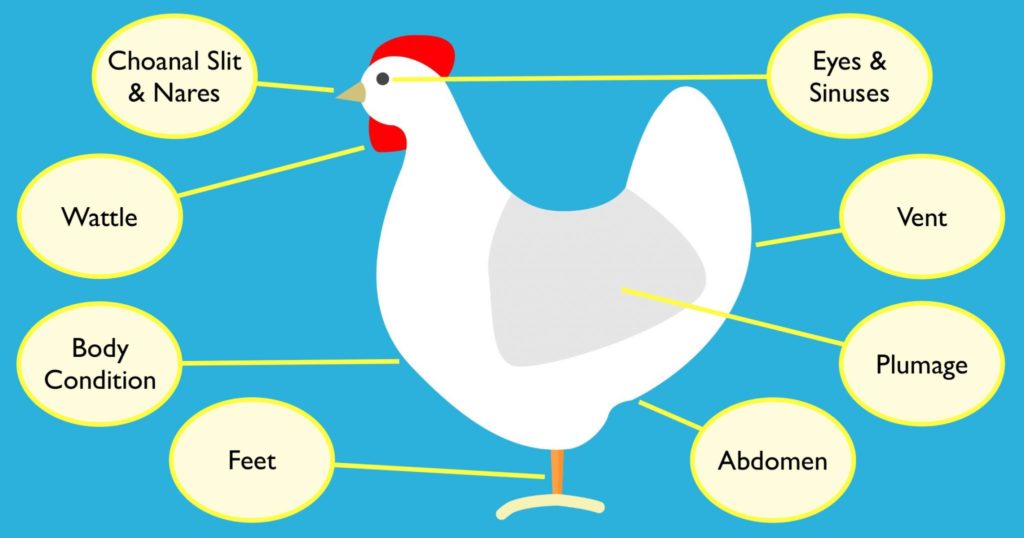
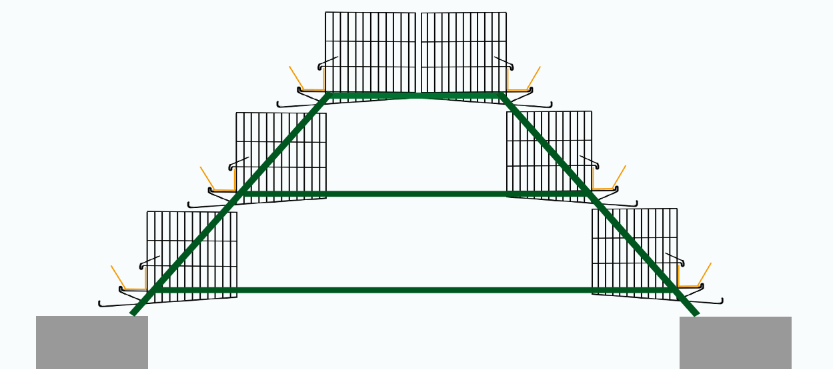
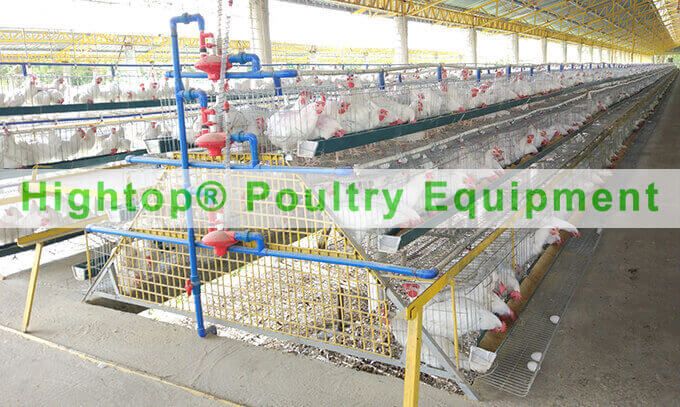


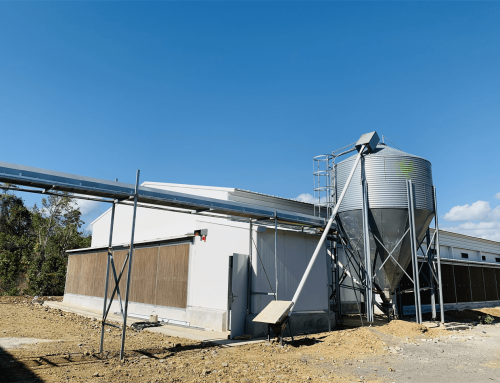
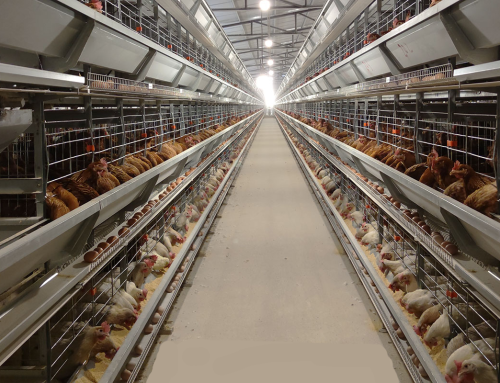
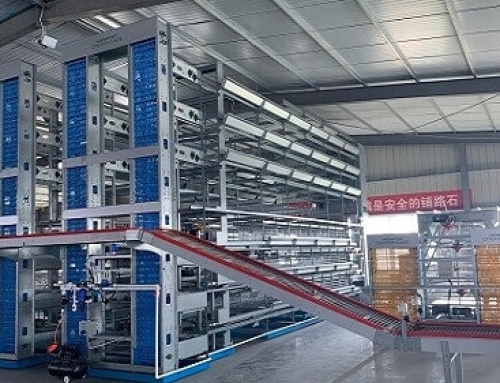
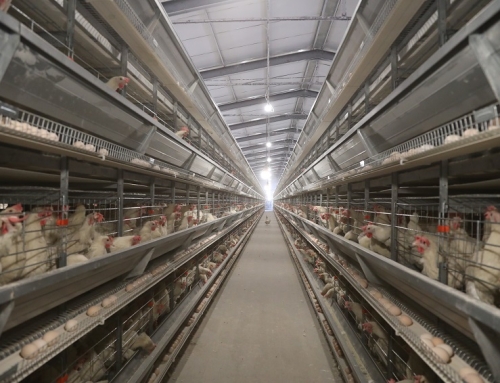
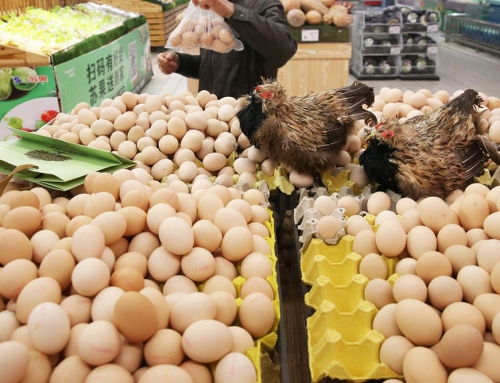
Leave A Comment